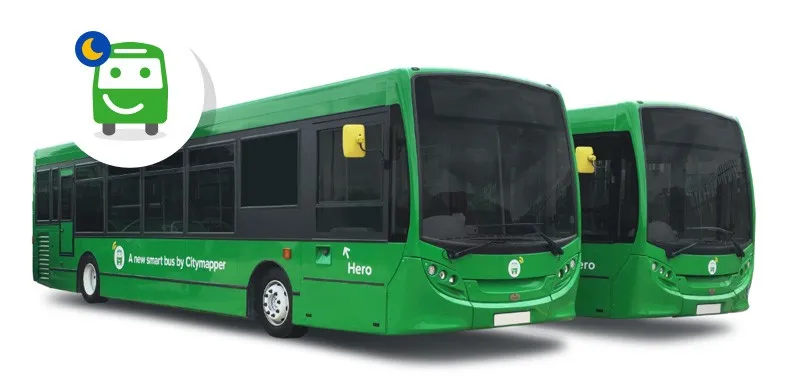
Is this the end of the road for TomTom Sports wearables?
 OK, so the writing has been on the wall for some time now. First, analysts slashed their growth outlook for the market of wearable devices. Then Pebble had to shut down manufacturing and sell its intellectual property to Fitbit. In the past couple of weeks, we were bombarded with the news of Jawbone’s liquidation and Intel axing its wearable devices units. And just when we thought things couldn’t get more brutal for the industry, TomTom CEO Harold Goddijn came out with this bazooka in his company’s Q2 earnings call:
OK, so the writing has been on the wall for some time now. First, analysts slashed their growth outlook for the market of wearable devices. Then Pebble had to shut down manufacturing and sell its intellectual property to Fitbit. In the past couple of weeks, we were bombarded with the news of Jawbone’s liquidation and Intel axing its wearable devices units. And just when we thought things couldn’t get more brutal for the industry, TomTom CEO Harold Goddijn came out with this bazooka in his company’s Q2 earnings call:
“The wearables market has fallen short of expectations and because of this and because we want to focus on Automotive, Licensing and Telematics businesses. We are reviewing strategic options for our Sports business.”
The trouble is that this quarter has seen TomTom suffer a 20% year-on-year loss in consumer revenue, which is mostly being attributed to disappointing Sports sales. In fact, even when the company was witnessing a growth level of more than 50% in the Sports business – between 2011 and the end of 2016 – it was unable to breakeven, let alone start making profits off it. For the division to stay viable, TomTom would have to take its 2016-end revenue of EUR 100 million to at least EUR 200 million.
Now, the first quarter of 2017 didn’t look too hot for the company. So, TomTom thought perhaps a marketing campaign would be able to revive things a bit. But when that also failed in the second quarter, the management decided enough was enough.
While Goddijn acknowledges that he cannot see a reasonable path to profitability, he says he needs another quarter to come up with Plan B. “I’m quite confident that by Q3, we will have much better picture of what that evaluation has yielded. And I don’t want to go much further than that. I don’t think that will be helpful. But what we’re signaling today is that the market is disappointing. We need to look at it. We can’t carry on as we are going at the moment.”
Turns out, there have been a flurry of exits in TomTom’s wearables division in the last few months as well. As sources close to Wareable have revealed, those who have left include senior marketing and communications executives, TomTom Sports’ global partnership manager, and VP for Sports. Employees knew something wasn’t quite right when they saw that the company was in no hurry to fill the empty chairs. These developments just prove that.
Own a TomTom sports watch? What do you think about this news?








